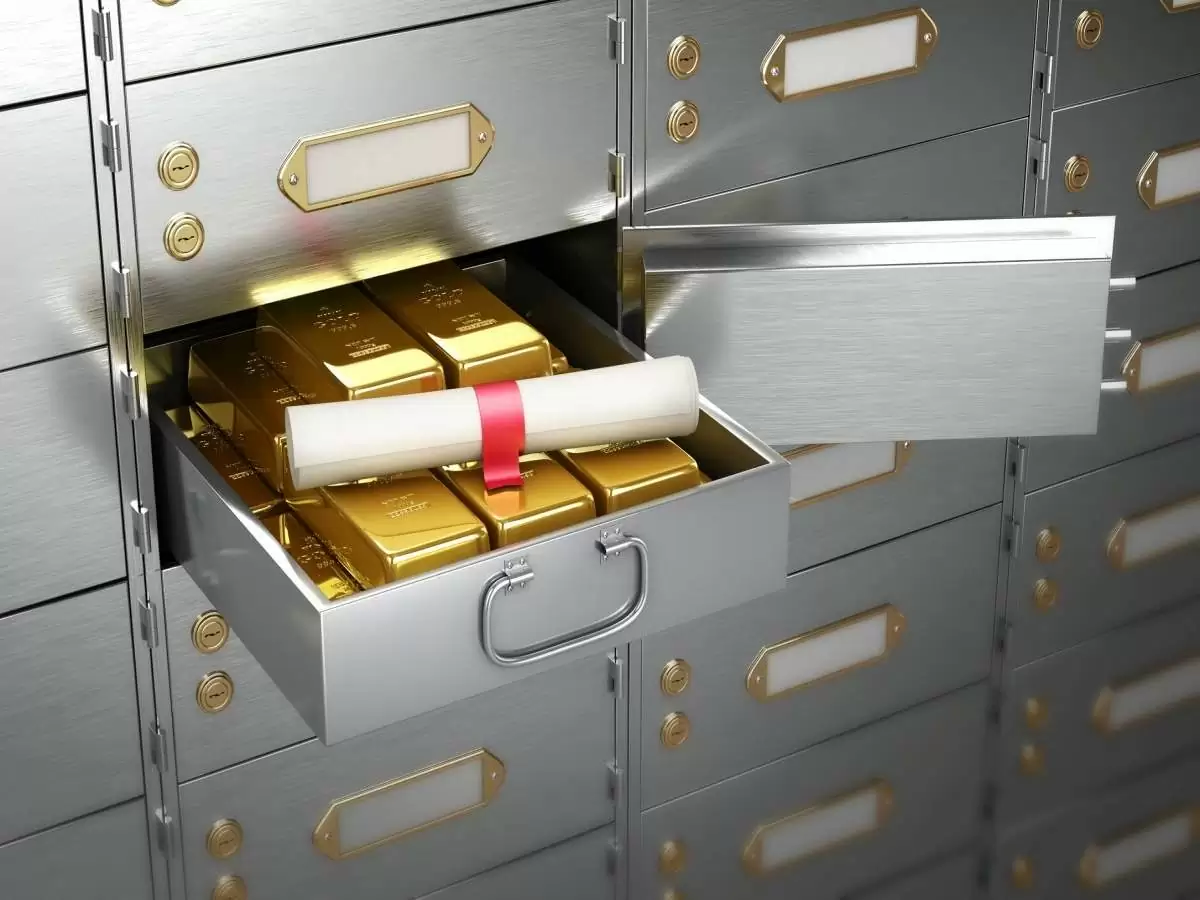New Bank Locker Rules: As per the new RBI guidelines, in case of fire, theft, robbery or burglary in the locker, the bank will be fully responsible and in such circumstances, the bank will have to pay 100 times the annual rent of the locker to the customer.
Bank Locker New Rules: RBI has changed many big rules related to the bank. Under this, there have been such changes in the rules of bank locker which will directly affect you. People keep their jewelery and other valuables in bank lockers, so that these expensive items remain safe. Actually, there is a greater possibility of theft or loss in our homes than in banks. But now this special facility of yours may be eclipsed. According to the RBI rule, if you do not open the locker for a long period, then the bank can break your locker.
RBI changed big rules
According to the rule, in case of fire, theft, robbery or burglary in the locker, the bank will be fully responsible and in these circumstances the bank will have to pay 100 times the annual rent of the locker to the customer. On the other hand, if the locker is damaged due to natural disasters like earthquake, flood, then the bank will not be responsible for such loss.
New guidelines for banks
The Reserve Bank of India (RBI) has issued revised guidelines regarding safe deposit lockers. In this new guideline, banks have been allowed to open the locker, if the locker has not been opened for a long time. Even if the rent is being paid regularly.
RBI made amendments
Keeping in view the various developments in the field of banking and technology, the nature of consumer complaints and the feedback received from banks and the Indian Banks’ Association, the RBI recently amended its guidelines regarding safe deposit lockers and also gave new instructions to banks regarding inactive bank lockers.
Bank can break the locker
RBI’s revised guidelines state that the bank will be free to break the locker and transfer the contents of the locker to its nominee/legal heir or dispose of the items in a transparent manner. If it remains inactive for a period of 7 years and the locker-tenant cannot be traced even if the rent is paid regularly. But at the same time, protecting the public interest, the central bank also issued detailed instructions that should be followed before breaking any locker.
The bank will alert the locker-tenant
RBI guidelines state that the bank will give notice to the locker-tenant through a letter and send email and SMS alerts to the registered email ID and mobile phone number. If the letter is returned undelivered or the addressee is not known to the locker hirer, the Bank shall issue a public notice in two newspapers (one in English and the other in the vernacular language) giving a reasonable time to the locker hirer or any other person who is interested in the contents of the locker to respond.
Locker opening guidelines
The central bank’s guidelines further state that the locker should be opened in the presence of an official of the bank and two independent witnesses and the entire process should be video recorded. RBI further said that after opening the locker, the contents will be kept in a sealed envelope along with detailed inventory inside a fireproof safe in a tamper-proof manner till claimed by the customer.

